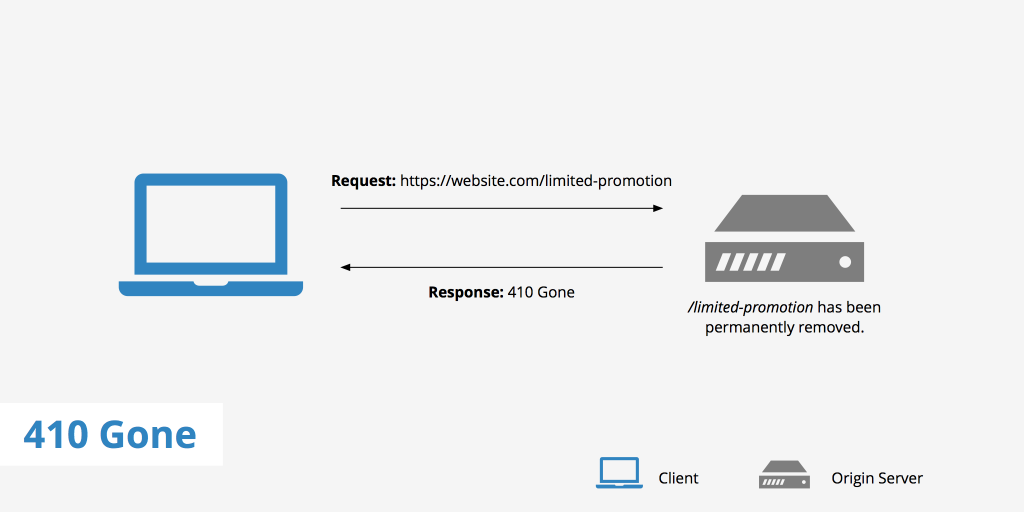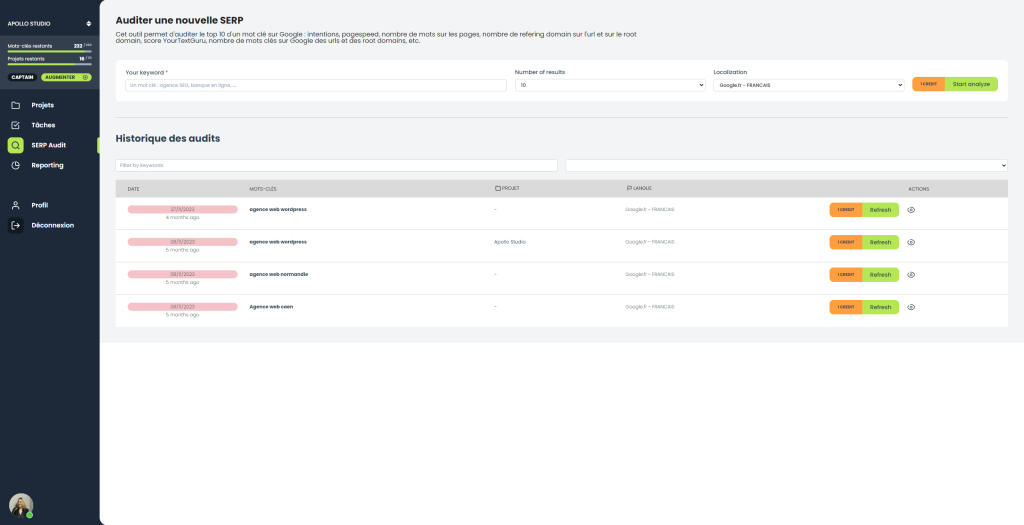Error 404 errors, 301 redirects: causes, solutions and impact on SEO
404 errors, also known as “Page Not Found”, are one of the most common problems encountered by webmasters. These error pages occur when an Internet user attempts to access a non-existent or misplaced page.
In addition to a negative user experience, 404 errors are also detrimental to your site’s SEO. Search engines like Google don’t like dead links!
Don’t panic: you can easily detect and correct these 404 errors thanks to dedicated tools. Find out how Semnaut makes it easy for you to track down and resolve the infamous “Page Not Found”.
Causes and types of 404 errors
404 errors occur when a user tries to access a web page that doesn’t exist or has been deleted. Okay, but what else do we need to know?
What is a 404 error and where does it come from?
A 404 error, also known as a “Page Not Found” error, occurs when an Internet user attempts to access a web page that doesn’t exist, or has been moved or deleted. The main causes of 404 errors are :
- typing errors in the URL by the user
- Dead links pointing to deleted pages
- Website restructuring with 301 redirects not implemented
- Temporary server malfunction
The different types of 404 errors and their meaning
There are different 404 error codes, each with a specific meaning:
- 404 Not Found: Page does not exist
- 410 Gone: Page permanently deleted
- 451 Unavailable For Legal Reasons : Page unavailable for legal reasons
- 444 No Response : Server not responding

404 error vs. other HTTP error codes
404 errors are part of the HTTP 400 family of status codes, which indicate a client-side error. Other common codes include :
- 403 Forbidden : Access forbidden
- 408 Request Timeout: Timeout exceeded
- 500 Internal Server Error
A page that can’t be found will drive your visitors away. Don’t let these unpleasant surprises happen again. With SEMNAUT, receive alerts as soon as a 404 error is detected.

Impact of 404 errors
404 errors have a negative impact on user experience and associated costs, making them an important issue for any website.
Do 404 errors have a negative impact on SEO?
Yes, 404 errors have a negative impact on SEO. Search engines like Google don’t like dead links.
If your site contains many pages that can’t be found, your authority will be penalized. Your ranking may also drop for the keywords concerned.
404 errors and user experience: a vicious circle
404 errors degrade the experience of your visitors, who are faced with an empty page and an error message.
This significantly increases the bounce rate and lowers your conversions. Fewer visitors will stay on your site.
Business costs linked to 404 errors
Between lost traffic and lower conversions, 404 errors can cost a business dearly.
Some studies estimate that each 404 error results in between $100 and $10,000 in lost revenue!
Correcting and preventing 404 errors
Correcting and preventing 404 errors is fundamental to maintaining good SEO and providing an optimal user experience on a website.
301 redirection: the solution to 404 errors
301 redirection is the simplest and most effective solution for redirecting a 404 page to a valid URL.
It preserves the original page’s SEO and improves the user experience.
Website redesign and 404 error management
When redesigning a website, it’s essential to implement a 301 redirection plan to avoid 404 errors.
This requires a gradual migration and a redirect tracking tool.
How do I set up a 404 page?
- Create a new page on your site: name it “error-404” or “page-unfindable”, for example. You can create this page via your CMS like WordPress.
- Design the content of the 404 page: Write an explicit title like “Oops, this page can’t be found! Add a friendly explanatory text. Insert an image or illustration if appropriate.
- Include links to other pages: Add internal links pointing to similar content or to the main pages. The aim is to redirect the user.
- Customize the 404 error code: Via the .htaccess file, specify that the 404 code should display this customized page.
- Test your 404 page: Check that it works by typing a non-existent URL. Your personalized page should display correctly.
- Validate in Search Console: Add your 404 page to Search Console to inform Google.
Your 404 error page is now operational! Don’t forget to optimize it for SEO with title and meta description tags.
Best practices for avoiding 404 errors
To prevent 404 errors, here are a few best practices:
- Regular audit of internal links
- Cleaning up obsolete links
- Double-check URLs
- Systematic 301 redirections after URL changes
A manual audit of thousands of pages to find 404 errors? Too time-consuming! Opt for the intelligent solution: 24/7 automatic scanning by SEMNAUT.

All HTTP errors and response codes
In addition to 404 errors, there are other HTTP error codes that can have a negative impact on a site’s SEO:
- Error 503 Service Unavailable: server temporarily unavailable. The site is inaccessible, and there is a risk of traffic loss.
- Error 500 Internal Server Error: server-side malfunction preventing pages from being displayed. Poor user experience.
- Error 403 Forbidden: access to a page denied, due to permissions or blocking by an overly restrictive robot.txt. Risk of unindexed pages.
- Error 410 Gone: page permanently deleted. Generates SEO-damaging dead links if not redirected.
- Error 429 Too Many Requests: limits the number of server requests. Slows down search engine crawling.
- Error 406 Not Acceptable: page format not supported by browser. Content display problem.
- Error 451 Unavailable For Legal Reasons: page inaccessible for legal reasons. Content not indexable.
You’ll need to keep an eye out for error codes on your website, correct them quickly and set up 301 redirects. Audi tools
404 error tracking with Semnaut
Semnaut is a powerful tool that enables automatic detection, accurate analysis and simplified correction of 404 errors on your website, offering you a significant means of improving your SEO and user experience.
Automatic detection of 404 errors
Thanks to our intelligent crawler, Semnaut constantly scans your site’s pages. Any 404 error detected triggers an automatic alert.
This means you’re immediately informed of any problems on your pages, avoiding any unpleasant surprises in terms of SEO and user experience.
Accurate analysis with the 404 error report
Our 404 error report lists all dead links found on your site. For each URL with a 404 error, you get :
- the original page containing the dead link
- HTTP error code returned
- The date of first detection
This information enables you to easily diagnose the source of the problem and quickly remedy it.
Simplified dead link correction
Once 404 errors have been detected and analyzed, it’s time to correct them!
With Semnaut, there’s no need to waste hours searching for each dead link one by one. Our tool makes the task easy in just a few clicks:
- Automatic 301 redirection of 404 URLs
- Global update of dead links pointing to a deleted page
- Cleaning up obsolete backlinks
Semnaut is the right hand of webmasters and SEO project managers for tracking down and resolving 404 errors. Say goodbye to nasty surprises and optimize your website’s SEO.
Lost in your website? Find your way back with SEMNAUT’s automatic scan. Detect 404 errors before they become a problem!
